
ESG-led Bitcoin mining is not only possible, but it’s ultimately the most responsible and prosperous way to show leadership in this growing industry.
Is it possible to mine Bitcoin (BTC) using only 100% renewable energy sources and deliver the same economic returns as those using carbon-based sources? The answer is yes, according to Square’s recent analysis on the cost of renewables and their impact on Bitcoin mining.
Unfortunately for our industry, the number of headlines and headline-making tweets about Bitcoin’s energy use and potential environmental impact has followed its rise in value in recent months. The increased media scrutiny has led to increased calls for regulatory action and even a proposed bill in the New York State Senate that would place a three-year moratorium on non-renewable Bitcoin mining in the state.
Related: Green blockchain should work smarter, not harder
This is one debate where both sides have a point. Critics are correct: Bitcoin mining does use a lot of electricity. The Cambridge Center for Alternative Finance estimates that the total electricity used worldwide by Bitcoin miners is an average of 113 terawatt-hours per year. This would place Bitcoin’s energy use somewhere between the United Arab Emirates and the Netherlands, two countries with a combined population of approximately 170 million people, which is admittedly a lot. However, the Cambridge Center for Alternative Finance’s recent “3rd Global Cryptoasset Benchmarking Study” shows that 76% of miners are using at least some renewable energy in their operations and that 39% of all energy consumption used in proof-of-work mining, such as mining Bitcoin, is from renewable sources.
Related: Is Bitcoin a waste of energy? Pros and cons of Bitcoin mining
Now that we have discussed Bitcoin mining’s energy consumption and carbon footprint, let’s try to put those figures in context. By looking at three directly relevant comparisons: the United States electricity grid, the traditional finance system and gold mining.
The electricity grid, traditional finance and gold mining
Let’s start with comparing Bitcoin mining to the electrical grid as a whole. Data from the U.S. Energy Information Administration shows that approximately 20% of U.S. electricity generation for 2020 was from renewable sources. This means that with 40% of its energy consumption coming from renewables, Bitcoin mining is twice as green as the national grid as a whole, reflecting the conscious decision-making of the industry to minimize its carbon footprint.
Moving on to traditional finance, there are two critical lenses to evaluate the industry through: 1) the financing of fossil fuel projects and 2) the industry’s carbon footprint. The former is a critical piece of the discussion, as shifting deposits away from traditional financial institutions reduces their capacity to fund environmentally destructive activities.
According to the Rainforest Action Network’s “Banking on Climate Chaos — Fossil Fuel Finance Report 2021” released in March, the world’s 60 largest commercial and investment banks have provided $3,800,000,000,000 — yes, 3.8 trillion U.S. dollars — worth of financing to fossil fuels since the signing of Paris climate accord in 2015. Think about that for a minute — the Paris Agreement is the world’s definitive step toward combating climate change, and yet, the world’s largest banks have provided financing equivalent to the GDP of Germany, the world’s fourth-largest economy, to fossil fuels since its signing.
For all of the outdated, exaggerated criticism of Bitcoin as a means of money laundering, terrorist financing and many others, the traditional finance industry has an incredible amount to answer for as far as its capital being used for destructive activities.
Looking at traditional finance’s carbon footprint, Galaxy Digital published in May “On Bitcoin’s Energy Consumption: A Quantitative Approach to a Subjective Question,” which is a breakdown of the energy consumption of Bitcoin mining and the two industries to which Bitcoin is often compared: traditional banking and gold mining. The traditional banking system analysis looks at the energy consumption of the world’s top 100 global banks, breaking down their energy consumption across four primary categories: data centers, branches, ATMs and card network data centers. Using publicly available data from industry leaders, Galaxy estimates the energy consumption to be around 260 TWh per year. This is more than double Bitcoin mining’s energy consumption and notably excludes key pillars of the system, including central banks and clearinghouses, due to lack of reliable data sources, suggesting the multiple may be materially higher.
As with its analysis of the traditional banking system, Galaxy’s analysis of gold mining captures what is likely to be only a subset of the industry’s total energy consumption. Using the World Gold Council’s own analysis contained in the 2019 report titled “Gold and Climate Change: Current and Future Impacts,” and limiting the scope of the analysis to direct greenhouse gas emissions, greenhouse gas emissions from electricity purchased by gold miners, and greenhouse gas emissions associated with the refinement and recycling of gold, Galaxy estimates the industry’s electricity consumption associated with greenhouse gases to be 240 TWh per year. At a base level, that means gold consumes around 85% more energy per year than Bitcoin mining. However, given that the Cambridge Center for Alternative Finance estimated that approximately 40% of Bitcoin mining’s energy consumption is from renewables, that means gold mining’s consumption of non-renewable energy is 3x that of Bitcoin mining.
Bitcoin’s green potential
Being better than your worst comparisons is not enough. For Bitcoin and Bitcoin mining to realize their full potential, we absolutely have to do better as an industry. We believe that the two key levers to do so are thoughtful regulation and industry action, but the inclusion of the former may surprise you. Isn’t Bitcoin supposed to be full of people who reject regulations?
The truth is, regulation on its own is neither good nor bad, but depends how it is crafted. Thoughtful, specific regulation can oxygenate an industry by supporting innovation, incentivizing good actors while disincentivizing poor actors and giving the public confidence. Look no further than the state of Wyoming, where legislators have been working with blockchain industry leaders since 2017 to pass 22 laws that provide a clear and encouraging regulatory environment that has since brought tens of billions of dollars of business to the state.
At the same time, overly broad, blunt regulation, like the anti-mining law proposed in the New York State Senate, can kill an industry. We look forward to working with regulators to help craft a regulatory regime that oxygenates the industry while addressing the very legitimate public interest concerns at the same time.
Related: Blockchain will thrive once innovators and regulators work together
Finally, we come to the stakeholders who bear the greatest burden but also have the greatest ability to enact change in decarbonizing Bitcoin mining: the industry itself. With an estimated total of 40% of the industry’s energy coming from renewable sources — which is twice the share of the overall electrical grid in the U.S. — we should be proud of the progress we have made.
However, we are unequivocal in saying that more has to be done. We believe that the Crypto Climate Accord is a brilliant first step. We encourage all in our industry to not only sign the accord and satisfy its goals of reaching net-zero emissions from electricity consumption by 2030 but to surpass those goals as soon as possible. We believe this will happen, not only because it is the right thing to do but because those in the industry who adopt 100% renewable strategies will be rewarded.
Related: Bitcoin mining's future is green, and Russia has the best chance
The market is the ultimate arbiter of success, and we believe that the era of responsible capitalism is upon us — investors and consumers vote with their wallets, supporting responsible actors while shunning those whose actions drive negative externalities.
This article does not contain investment advice or recommendations. Every investment and trading move involves risk, and readers should conduct their own research when making a decision.
The views, thoughts and opinions expressed here are the author’s alone and do not necessarily reflect or represent the views and opinions of Cointelegraph.

You can get bonuses upto $100 FREE BONUS when you:
💰 Install these recommended apps:
💲 SocialGood - 100% Crypto Back on Everyday Shopping
💲 xPortal - The DeFi For The Next Billion
💲 CryptoTab Browser - Lightweight, fast, and ready to mine!
💰 Register on these recommended exchanges:
🟡 Binance🟡 Bitfinex🟡 Bitmart🟡 Bittrex🟡 Bitget
🟡 CoinEx🟡 Crypto.com🟡 Gate.io🟡 Huobi🟡 Kucoin.
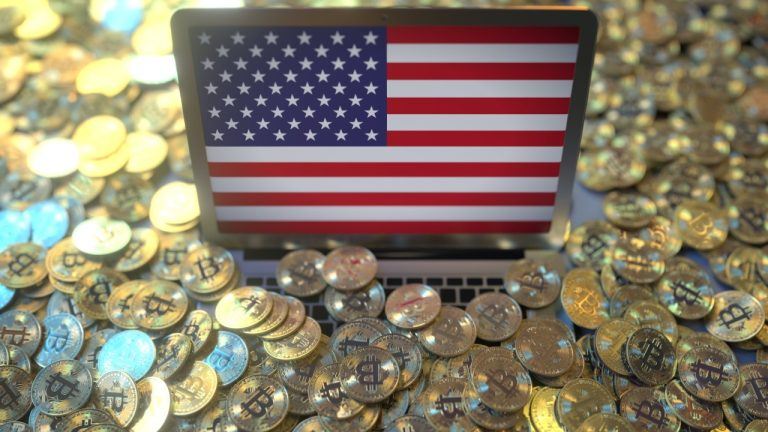
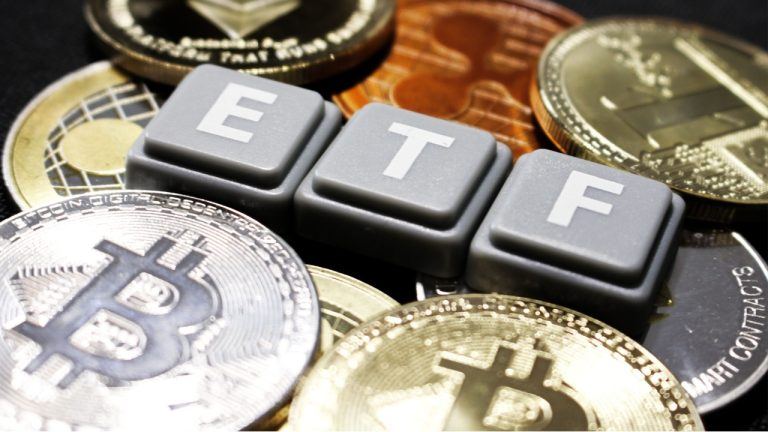








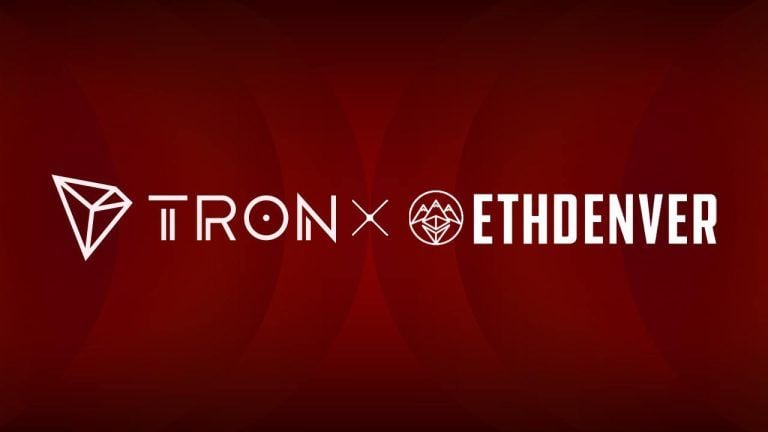



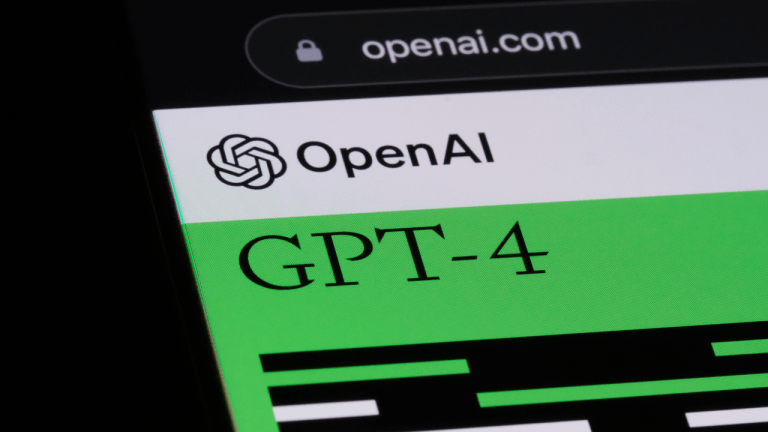


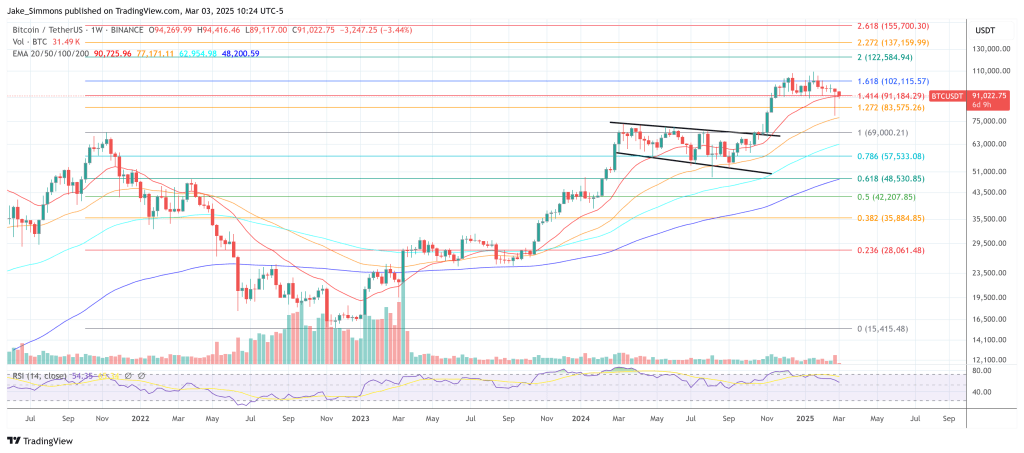

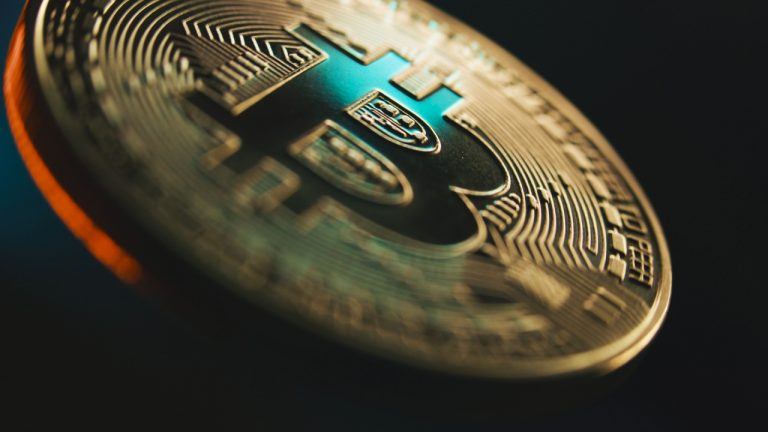
Comments